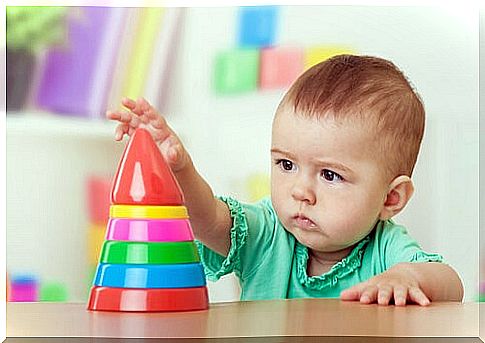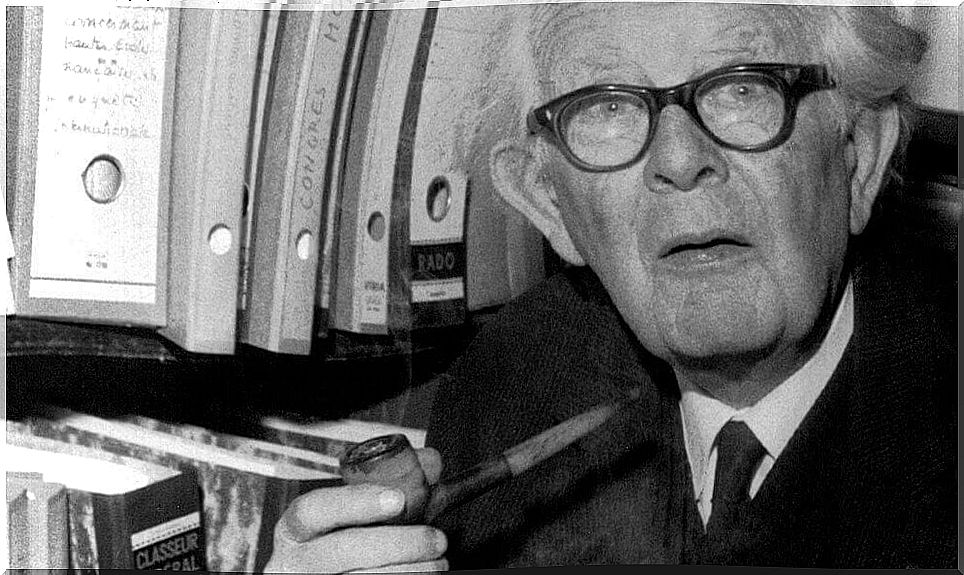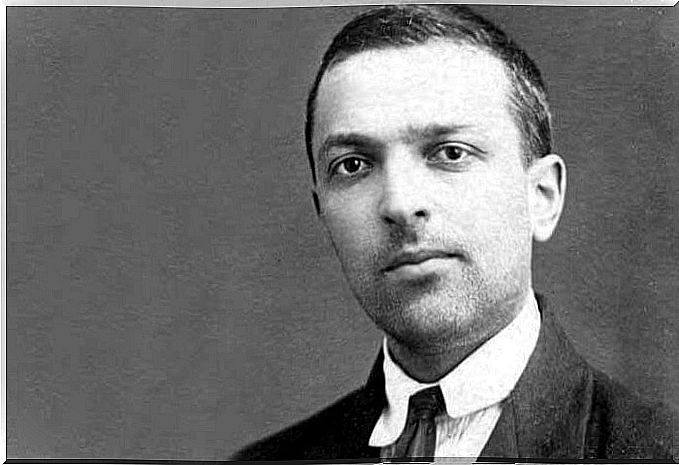Similarities And Differences Between Piaget And Vygotsky

Jean Piaget and Vygotsky are two of the great figures in the study of developmental and evolutionary psychology. His theories have influenced a multitude of authors, from the classics to the most modern. Thanks to them we can understand, from a broad perspective, how children develop.
Now, historically, the theories of Piaget and Vygotsky have been categorized as totally opposite. But is this really so? In this article we are going to review the similarities and differences between these two authors. Contemplating all the data they discovered will help us to act from an integrating framework and will give us a more complete vision of the development of the human being.
First of all, it must be understood that Piaget and Vygotsky developed their theories totally separate from each other. They are both from different times and from different countries. But still, it’s interesting to see how they came up with similar ideas about the development process.
Next, we will deal with each of the key points of his theories. Thus, we can find links or great differences between them. Let’s go deeper.
General conception of development for Piaget and Vygotsky
It is important to compare and assess the way in which each author deals with the problem of explaining development in general. In a first observation, it is interesting to contemplate that Piaget and Vygotsky move away from innate and empiricist proposals when explaining the acquisition of knowledge. Both propose their theory from a constructivist paradigm.

It is curious to note that the two start from the same general conception, based on constructivism and interactionism. For them, the changes produced in development are mainly qualitative, with complex determinants of an interactive and dialectical nature. For this reason, the individual is categorized as an active agent who acts in his environment to create a particular version of his reality.
Now, if we start to dig deeper, the differences between the two authors immediately become apparent. In the first place, they appeal to different factors as the main source of knowledge. For Piaget, what was important was individual action. On the contrary, for Vygotsky the substance was the interaction with the social environment.
Piaget speaks of a “necessary and universal” development. Thus, development is the result of internal reorganizations of the individual, based on their objective manipulations, without the need for help from an external source. While for Vygotsky, development was “contingent and contextualized.” It had to do with the continuous internalization of the cognitive-cultural media and resources acquired through interaction with the social context.
The distinction between “natural development” and “cultural development”
An essential aspect is that Lev Vygotsky makes a distinction between “natural development” and “cultural development. ” This contrast is not contemplated, or even rejected from Piaget’s theory. This distinction between Piaget and Vygotsky shows the marked differences in their thoughts on the importance of culture.
The dichotomy created by Vygotsky shows us the dualistic nature of the approach to his theory. It is based on conflicting concepts such as biological growth (maturation) vs cultural development (learning). On the contrary , Piaget’s perspective is monistic, having the subject as the unifying referent of this contrast (social vs. biological).
Development analysis and management unit
It may appear from the above that Piaget was ignorant of the social aspects of development, but this is not the case. What happens is that he interprets or assumes the social factor in a very different way from Vygotsky. For Piaget, the unit of analysis is the individual and the social factor would only be a variable that influences its processes.
On the other hand, for Vygotsky, the unit of analysis is the socio-cultural environment where the individual is immersed. For him, the “individual” aspects would be the variables that influence within the social context.

Now who is right? What is the unit and what is the influencing external variable? This first question is meaningless. In reality, the unit of analysis is the point of reference, and naturally it does not have a fixed position. It is like looking at a geometric figure from different angles. A cylinder from one side may look like a square and from another a circle, but it is still a cylinder.
But perhaps the greatest difference is reflected in the direction of development proposed by each of the authors. For Piaget, development progresses in the direction of greater decentralization and socialization ; that is to say, the individual starts from internalism to a social conception of reality.
For Vygotsky, it is the opposite process: knowledge is found outside the individual in a social way. This, through internalization processes, transforms the sociocultural into something individual.









